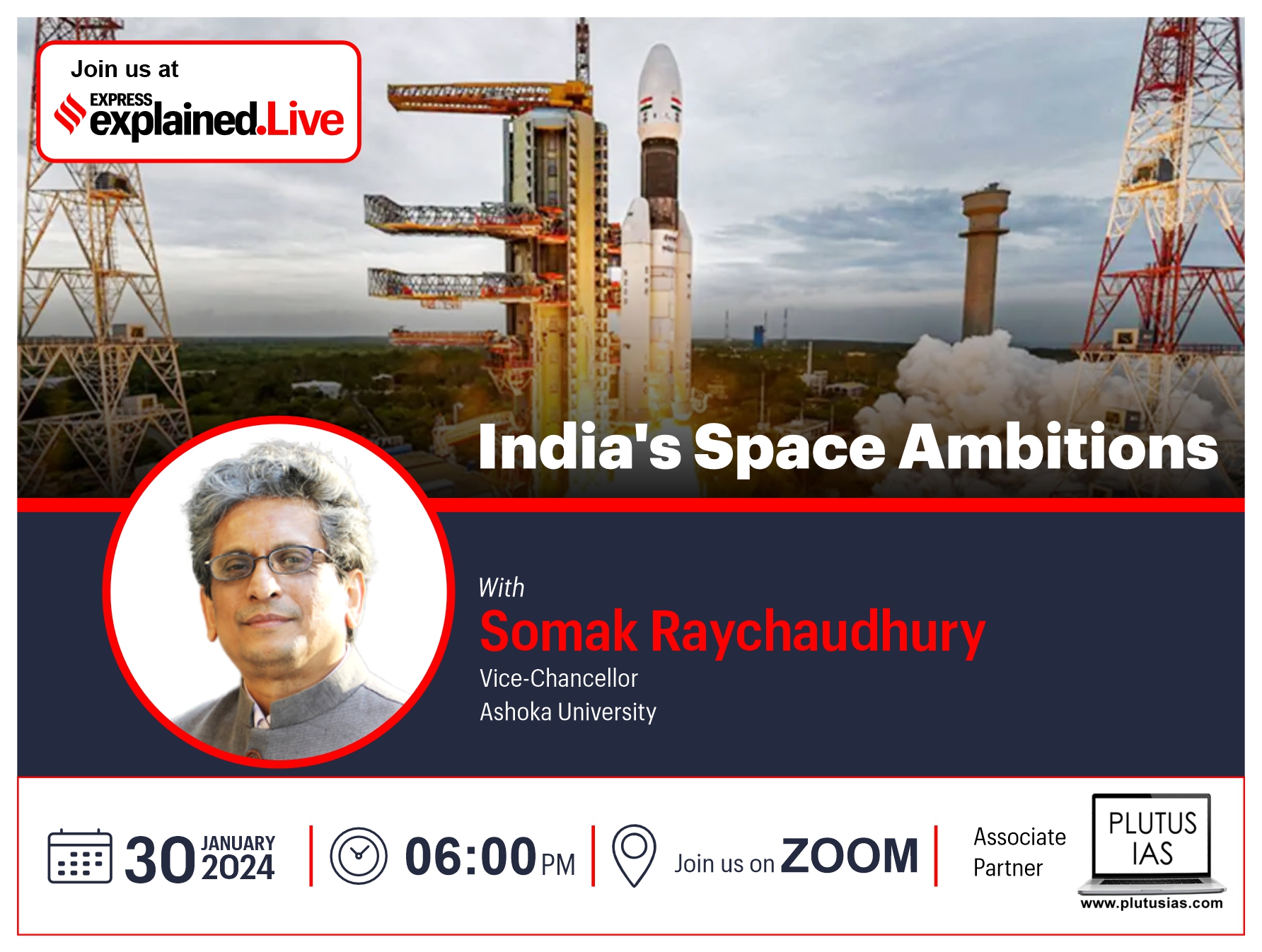Explained: The origins of ‘Aaya Ram, gaya Ram’, which Kharge used after Nitish U-turn
Congress president Mallikarjun Kharge used the phrase after Nitish Kumar was sworn in as the Bihar Chief Minister again, joining the BJP-led NDA. What does the phrase mean and where does it come from? We explain.
 Bihar Chief Minister Nitish Kumar with Congress president Mallikarjun Kharge and Rahul Gandhi at his residence in New Delhi in 2023. (Express photo by Anil Sharma)
Bihar Chief Minister Nitish Kumar with Congress president Mallikarjun Kharge and Rahul Gandhi at his residence in New Delhi in 2023. (Express photo by Anil Sharma)On Sunday (January 28) evening, Nitish Kumar was sworn in as the Chief Minister of Bihar for the ninth time. He assumed the post again after his party Janata Dal (United) allied with the BJP, parting ways with the Mahagathbandan alliance that included the Congress and the Rashtriya Lok Dal (RLD).
Congress president Mallikarjun Kharge said RJD chief Lalu Prasad Yadav and his son Tejashwi Yadav were aware of Kumar’s plans in the last few days. “There are many aaya Ram, gaya Rams in the country. He could have stayed had he wanted…,” Kharge said.
The phrase “Aaya Ram, gaya Ram” (Ram came, Ram went) is generally invoked to refer to politicians, particularly when they are seen as switching party allegiances back and forth in a short period. It has its origins in one extreme example of party-switching in Haryana, in the 1960s. Here’s what happened.
A watershed year for Indian politics: 1967
The story of Haryana politician Gaya Lal is from a time when Indian politics was undergoing a shift, as was the state itself. Until the mid-1960s, the Congress party enjoyed dominance at the national and state levels. Prime Minister Jawaharlal Nehru passed away in 1964 after successive terms as the PM since 1947, after having led the Congress party for decades.
The 1967 general elections’ results reflected this shift, where at least some voters moved away from the party. It won 283 seats, compared to 361 seats in the previous polls.
Haryana was also carved out from Punjab as a separate state in 1966, over linguistic grounds. The next year, it had its first legislative elections.
Who was Gaya Lal?
Gaya Lal, an Independent candidate who contested from the Hassanpur seat reserved for Scheduled Castes (SCs), defeated the Congress’s M Singh by 360 votes, with 10,458 votes against Singh’s 10,098. However, a few days later he joined the Congress party.
In the then 81-member Haryana Assembly, the Congress secured a majority by bagging 48 seats. The Bharatiya Jana Sangh or the BJS (from which the BJP would leather emerge) won 12, the Republican Party of India (RPI) won 2, the Swatantra Party won 3 and Independent candidates together got 16 seats. And so, on March 10, 1967, the Congress’s Bhagwat Dayal Sharma took oath as the Chief Minister.
But within a week, his government fell after 12 Congress MLAs defected. The Independent legislators also forged a new party, called ‘United Front’ or Sanyukt Vidhayak Dal (SVD), headed by Rao Birender. The process of switching sides continued and the new United Front eventually secured 48 MLAs. On March 24, 1967, Rao Birender was sworn in as the new CM.
Gaya Lal was keen to be back with the side that held power. And so, amid the confusion, he left the Congress just ahead of Rao Birender’s swearing-in to join the SVD. Within nine hours, he switched parties thrice – first switching to SVD, going back to Congress and then again joining the SVD. It was at this point, when Gaya Lal made a comeback to the SVD, that Rao Birender presented him at a press conference in Chandigarh and announced, “Gaya Ram is now Aaya Ram”.
However, despite the scrambling, Rao’s government lasted only a few months and he left office on November 2. The State Assembly was dissolved and elections again took place in 1968.
Gaya Lal continued moving to other parties for the rest of his political career, joining the United Front, Arya Sabha, Bharatiya Lok Dal, and the Janata Party at various points.
The legacy of “Aaya Ram, gaya Ram”
Coined to reflect the political defections of one man, the phrase’s usage spread as a catchall term for defections in general. Defection as a political phenomenon also increased as Congress’s dominance waned over time, and more complex calculations began to determine what party would come to power. Smaller parties and individual political representatives now had an increasingly important role to play, as their support (or lack of it) could make or break governments.
In an article, PRS Head of Outreach Chakshu Roy outlined how “Between the first general election in 1951 and the fourth in 1967, 542 MLAs changed their political allegiance. In the 12 months between February 1967 and March 1968 alone there were 438 defections.”
- 01
- 02
- 03
- 04
- 05







































